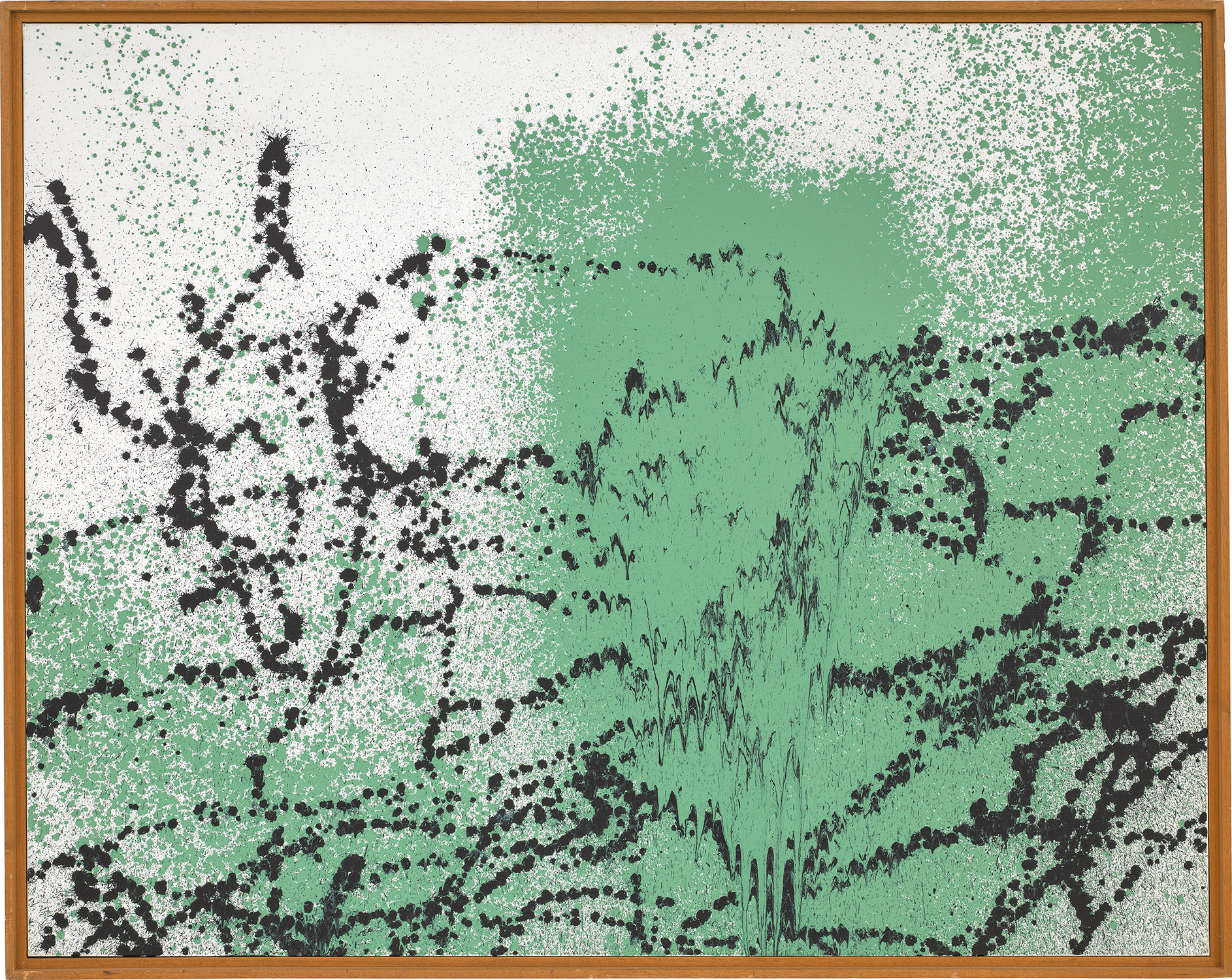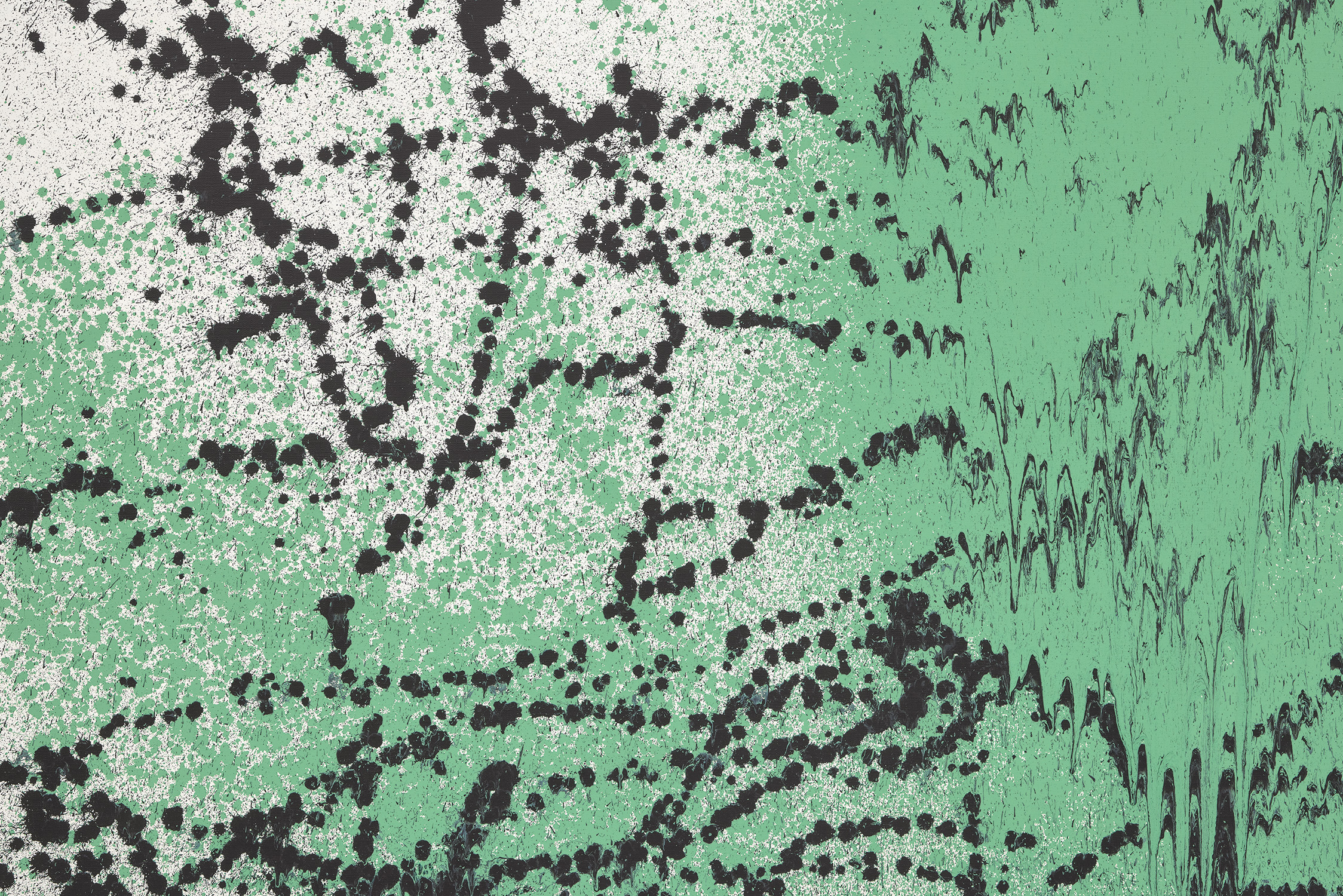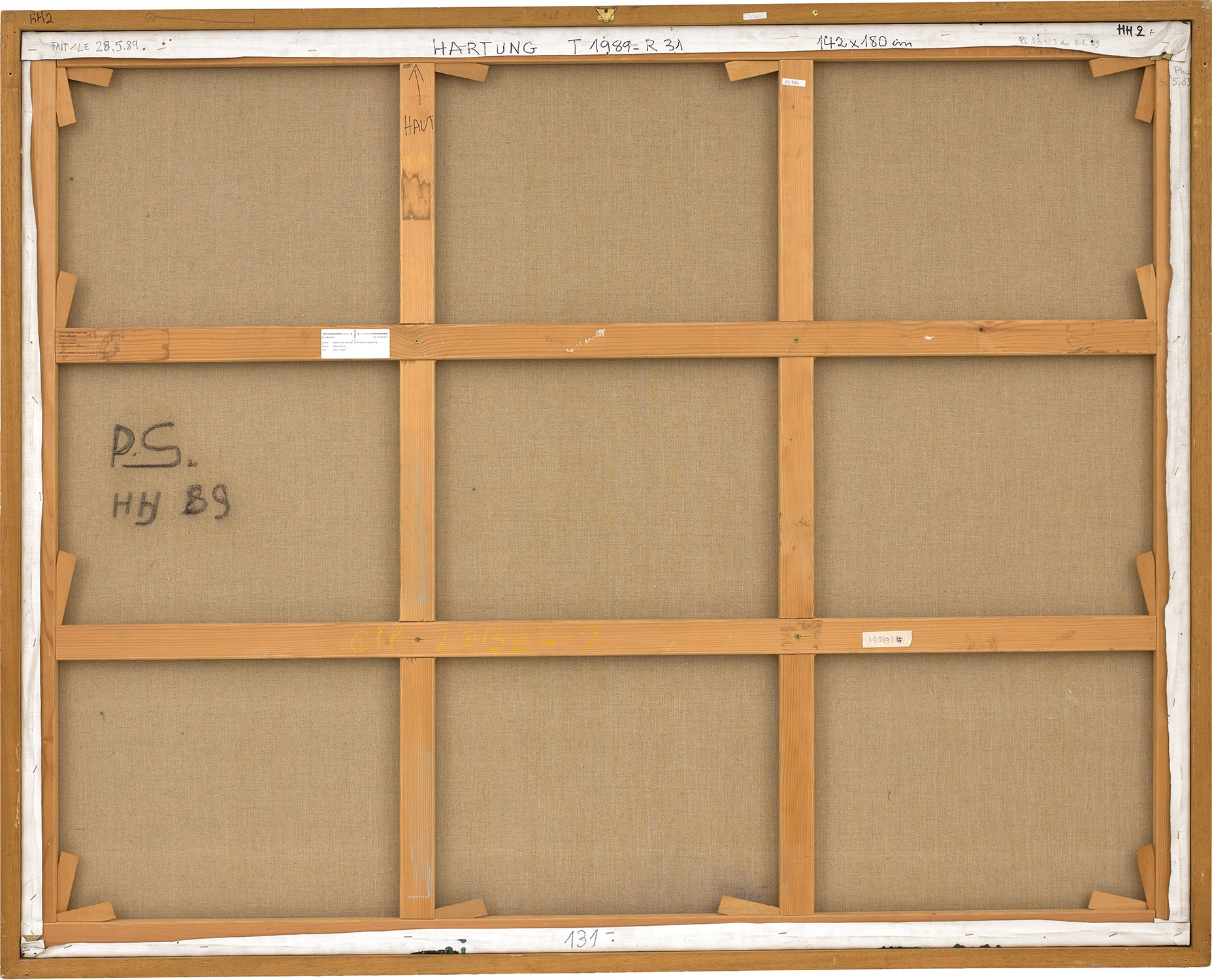







PROPERTY FROM AN IMPORTANT ASIAN COLLECTION
198
Hans Hartung
T1989-R31
signed, titled and dated 'Fait le 28.5.89 Hartung "T1989-R31"' on the overlap; further signed with the artist's initials, dated and inscribed 'P.S. HH 89' on the reverse
acrylic on canvas
142 x 180 cm. (55 7/8 x 70 7/8 in.)
Painted in 1989, this work is accompanied by a certificate of authenticity issued by the Fondation Hartung Bergman. This work is registered in the archives of the Fondation Hartung Bergman under archive number CT HH29-0, and will be included in the artist's forthcoming catalogue raisonné currently being prepared by the Fondation Hartung Bergman.